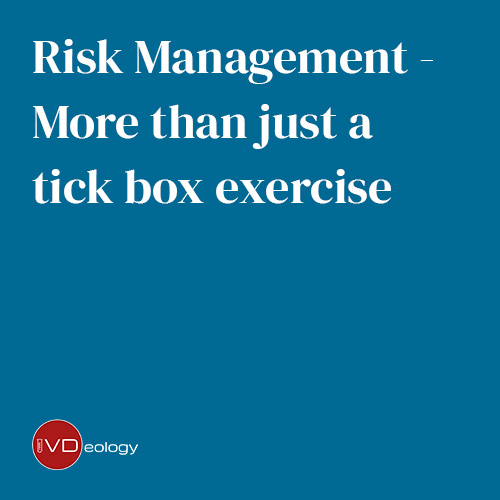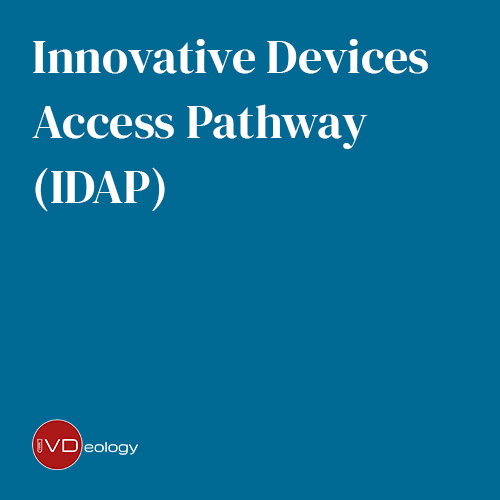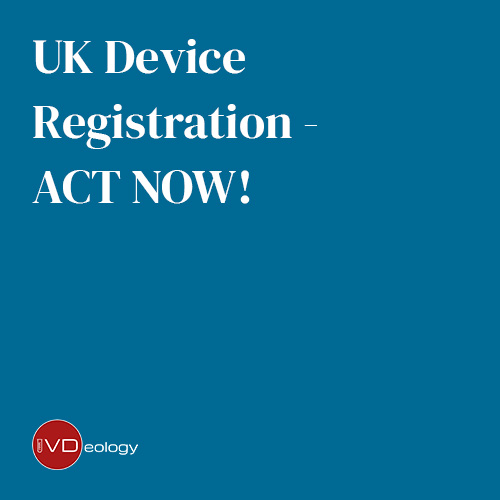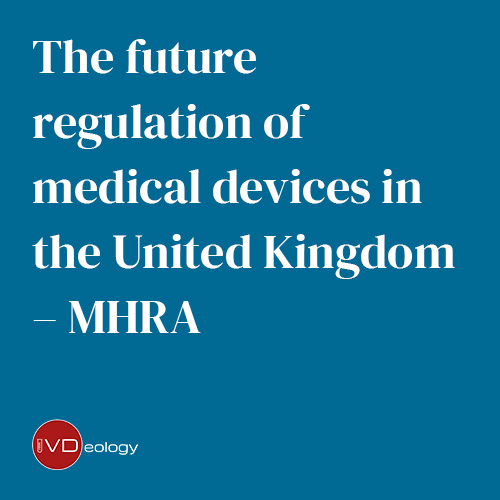
Manufacturers (or their UK Responsible Person) placing devices on the UK market are required to report any adverse incidents relating to IVDs and Medical Devices to the Medicines and Healthcare products Regulatory Agency (MHRA). This notification step is a part of the wider Vigilance process that Manufacturers should adhere to as part of post market activity.
“The notification and evaluation of adverse incidents and field safety corrective actions (FSCA) involving medical devices is known as the medical device vigilance system. Comprehensive information on the medical device vigilance system is given in MEDDEV 2.12/1 rev 8 and the additional guidance under ‘Post-Market Surveillance’, and describes what, how and when to report adverse incidents involving medical devices on the UK market.”
Timescale for reporting an adverse incident to the MHRA
The manufacturer should notify the MHRA immediately upon becoming aware that one of its devices may have caused or contributed to an event meeting the above criteria.
The maximum permitted time between the manufacturer first becoming aware of the incident and notifying the MHRA are given below:
Serious public health threat: No later than 2 calendar days after the manufacturer becomes aware
Death or unanticipated serious deterioration in state of health: No later than 10 calendar days after the manufacturer becomes aware
Others: No later than 30 calendar days after the manufacturer became aware
If after becoming aware of a potentially reportable incident it is unclear whether the event meets the reporting criteria above, the manufacturer must submit a report within the relevant timeframe.
Source: Medical devices: guidance for manufacturers on vigilance – GOV.UK (www.gov.uk)
Reporting is to be completed in the new MORE portal. The old portal will only be available as read only up to 30 April 2023. Manufacturers can also send any reports to the [email protected] mailbox. This option was due to close at the end of April 2023, but this route has been extended to August 2023. After this, the use of the new MORE portal will be mandatory.
This deadline has recently been extended, to allow manufacturers to get familiar with the new portal, and maybe to iron out some teething issues reported by users.
There are some new handy video clips on how to use this process within the MHRA website.
If you need any further advice or support for the completion of vigilance actions, IVDeology have a number of experts who can guide you through the process.
If you are a non-UK based IVD manufacturer, we would be keen to have a chat to see how we can help you navigate the UK regulations.










